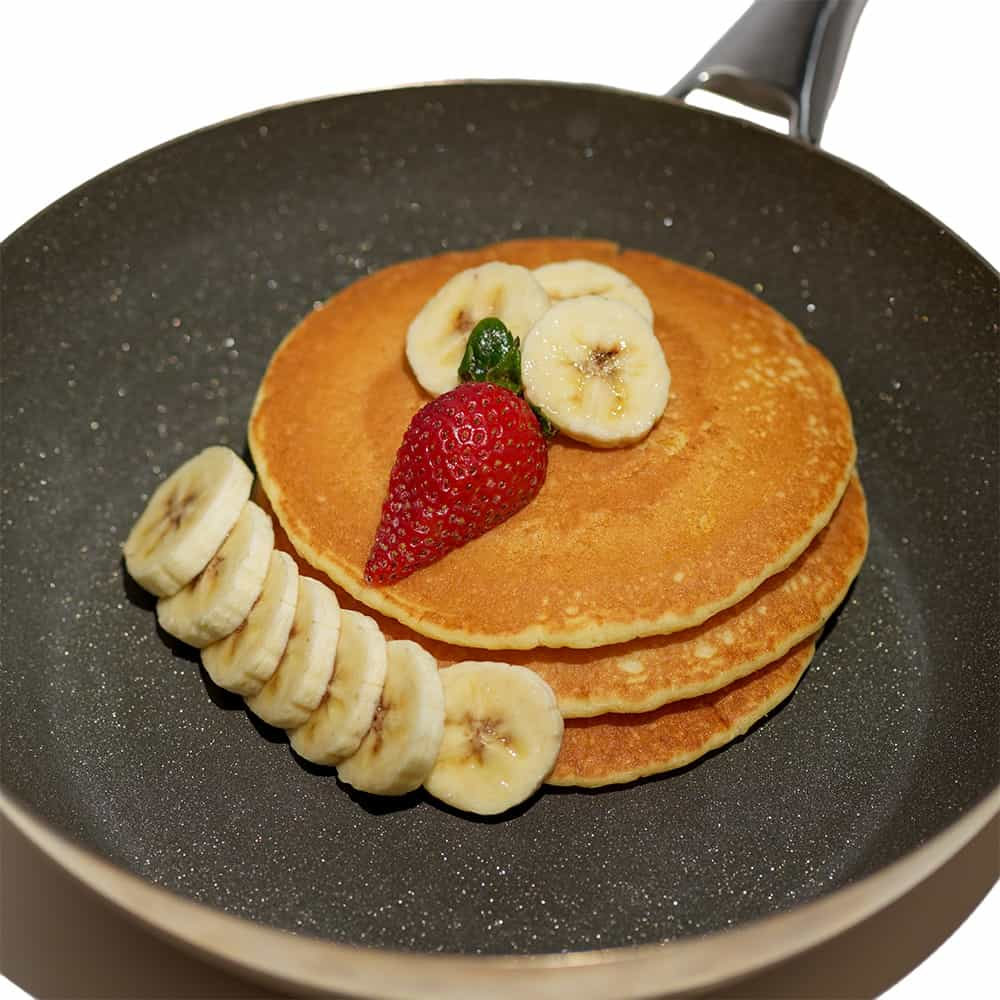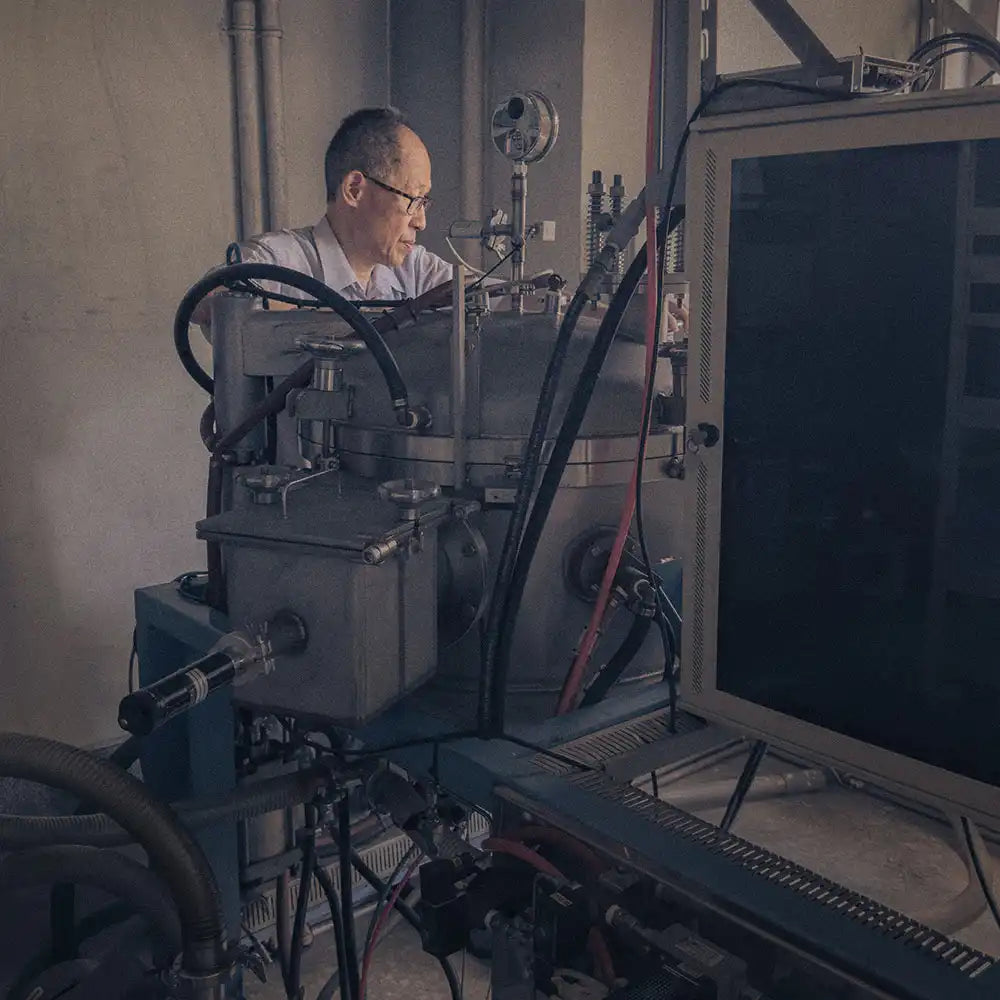
Diamond Cookware Safety FAQ: Quick Answers to Top Questions

Curious about diamond cookware’s materials, coatings, and safety? You’re not alone. Below, we tackle the most frequently asked questions with concise, fact-based answers—perfect for anyone seeking fast clarity on diamond cookware safety.
Quick FAQ Summary
- Is diamond coating on pans safe? Yes, if PFAS-free; vacuum-brazed or ceramic options avoid chemical risks.
- Is diamond cookware safe? Yes, especially if PFAS-free (ceramic or vacuum-brazed).
- What is diamond cookware made of? Industrial diamonds bonded to metal, ceramic, or PTFE surfaces.
- Is diamond coating Teflon? Not always—only if the coating specifically includes PTFE.
- Does diamond coating peel? It can with cheaper coatings; vacuum-brazed surfaces never peel.
- How can I tell if a pan has PTFE or ceramic? Check labels or product descriptions—“PFAS-free” or “ceramic” often indicates no PTFE.
- Why vacuum-brazed diamond pans? They’re PFAS-free, ultra-durable, and have superior heat conduction.
- How do I care for diamond cookware safely? Use moderate heat, avoid harsh abrasives, and follow manufacturer instructions.
(Want a deeper manufacturing breakdown? See our in-depth guide on diamond cookware.)
1. Is Diamond Coating on Pans Safe?
Quick Answer: Yes, if it avoids PFAS-based coatings like PTFE. Ceramic-diamond or vacuum-brazed pans are safest, with no chemical leaching or fumes even at high heat.
Key Details:
- PTFE Risks: Pans with PTFE may release fumes above 500°F and contain “forever chemicals.”
- Ceramic-Diamond Safety: PFAS-free, stable up to ~600°F, though less durable than vacuum-brazed.
- Vacuum-Brazed Advantage: No coatings to degrade; diamonds fused to metal ensure safety and longevity.
2. Is Diamond Cookware Safe?
Quick Answer: Yes—when PFAS-based coatings (like PTFE) are avoided. Diamond cookware with a ceramic or vacuum-brazed finish is free of “forever chemicals,” making it safe for most cooking styles.
Safety Breakdown:
- PTFE-Diamond Blends: Risk of fumes over 500°F.
- Ceramic-Diamond: Generally safe up to ~600°F.
- Vacuum-Brazed Diamond: Ultra-durable, PFAS-free, tolerates high heat.
3. What Is Diamond Cookware Made Of?
Quick Answer: Diamond cookware typically features industrial-grade diamond particles fused to a base metal. The key difference lies in whether the diamond is combined with ceramic, PTFE (Teflon), or vacuum-brazed directly onto the metal.
Why It Matters:
- Aluminum Base: Lightweight, heats quickly.
- Carbon Steel Base: Durable, less prone to warping.
- Coating Variation: Some contain PTFE (PFAS) while others are 100% PFAS-free.
(Looking for a deeper manufacturing breakdown? See our in-depth guide.)
4. Is Diamond Coating Teflon?
Quick Answer: Not necessarily. Some brands blend diamond particles with PTFE (Teflon), but many modern “diamond” pans use ceramic or vacuum-brazed methods that are completely PFAS-free.
Key Points:
- PTFE-based Diamond Cookware: Includes “forever chemicals.”
- Ceramic-Diamond: PFAS-free, higher heat tolerance.
- Vacuum-Brazed Diamond: Diamonds permanently bonded to metal, PFAS-free.
5. Does the Diamond Coating Flake or Peel?
Quick Answer: Most ceramic-based diamond coatings may eventually show wear, but true vacuum-brazed diamond layers resist flaking and peeling thanks to a direct metal-to-diamond bond.
Maintenance Tip:
- Use gentle utensils on ceramic-diamond surfaces.
- Vacuum-brazed pans can handle metal utensils more safely.
6. How Can I Tell If a Pan Has PTFE or Ceramic?
Quick Answer: Check the label or product description. PTFE-based pans often mention “Teflon,” “PTFE,” or “PFOA-free” disclaimers. Ceramic pans are typically labeled “ceramic,” “PFAS-free,” or “Toxin-free.”
Quick Checks:
- Brand’s Official Statement: Look for explicit mentions of “No PTFE” or “PFAS-free.”
- Temperature Ratings: Ceramic coatings often have higher safe-heat thresholds (<600°F).
- Warranty Info: Vacuum-brazed cookware typically comes with more robust guarantees.
7. Why Choose Vacuum-Brazed Diamond Cookware?
Quick Answer: It’s the safest and most durable form of diamond cookware—no PTFE, no flaking, and top-tier heat conduction.
High Points:
- 100% PFAS-Free
- Superior Heat Transfer: Diamonds conduct heat approximately 5x better than copper.
- Extremely Scratch-Resistant: Ideal for metal spatulas and tougher cleaning methods.
8. How Do I Care for Diamond Cookware Safely?
Quick Answer: Use moderate heat, avoid harsh abrasives (unless it’s vacuum-brazed), and follow manufacturer instructions. Proper care ensures your diamond cookware stays nonstick and scratch-free.
Basic Care Steps:
-
Preheat Gently: Medium heat is usually enough for everyday cooking.
- Hand Wash When Possible: Helps extend the coating’s lifespan.
- Metal Utensils? Safe for vacuum-brazed. Otherwise, opt for silicone or wood.
 Recap at a Glance
Recap at a Glance
- Best Diamond Type: Vacuum-brazed (no chemical coatings, permanent bond).
- Avoid Overheating PTFE: If the pan contains Teflon, keep temps under 500°F.
- Check Manufacturer Labels: Look for “PFAS-free,” “PTFE-free,” or “vacuum-brazed.”
- Durability Ranking: Vacuum-brazed > ceramic-diamond > PTFE-based diamond.
Final Takeaway
Diamond cookware is safe and effective—as long as you choose a PFAS-free option. Ceramic-diamond blends or vacuum-brazed pans provide the durability and nonstick benefits without the chemical concerns of PTFE. If you’re aiming for the absolute safest, most long-lasting choice, vacuum-brazed diamond cookware stands out for its PFAS-free construction and top-tier performance.
Want More In-Depth Insights?
- Comprehensive Manufacturing Guide – For details on how diamond coatings are actually applied.
- Diamond vs. Teflon Comparison – To see why vacuum-brazed diamond may outlast traditional nonstick pans.
Reference
- National Institutes of Health: PFAS
- How PFAS Impacts Your Health - CDC
- Our Current Understanding of the Human Health and Environmental Risks of PFAS - EPA
- The Reason PTFE Nonstick Pans Aren't Safe - organicauthority
- Diamond Non-stick Surface and Cooking Utensils - USPTO Patent Center
- Diamond non-stick surface and cooking utensils - United Kingdom's Intellectual Property Office
- Surface antiadhésive en diamant et ustensiles de cuisine - Institut National de la Propriété Industrielle
- What Is Diamond Coating on Pans & Is It Safe? A Comprehensive Guide - diamondPans
- Is Diamond Coating the Same as Teflon? Key Cookware Insights - diamondPans
- Safest Cookware: Diamond-Infused vs. Teflon - diamondPans
- How to Choose Diamond Cookware: Carat Weight Matters Most - diamondPans
- Why Use Diamond on Cookware & Is It Good? | Ultimate Guide - diamondPans
- PFAS-Free Diamond Cookware: The Comprehensive Nonstick Guide for American Home Cooks - diamondPans
- Best Diamond Cookware for Home Cooks in the USA: Top Brands & Benefits - diamondPans


